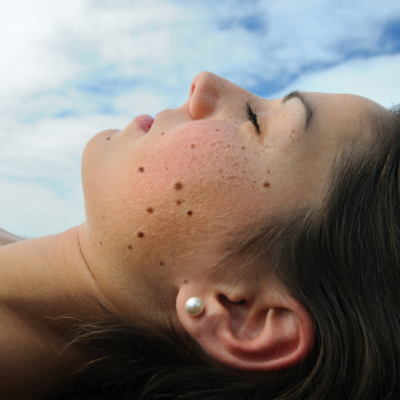Fraxel® Restore
California Skin Institute providers can offer Fraxel® Restore treatments to patients struggling with fine lines, wrinkles, hyperpigmentation, loss of skin elasticity, and rough skin texture. This treatment is performed on an outpatient basis and has almost no associated downtime. The Fraxel® Restore laser relies on a 1550 frequency and can produce an improvement in skin appearance without excessive blistering, skin peeling, or other side effects.1 To schedule your Fraxel® Restore appointment, please contact one of the California Skin Institute practices listed below, or fill out the Contact Form.
How Fraxel® Restore Works
The Fraxel® Restore is not a resurfacing laser in the traditional sense, in that it doesn’t cause micro damage on the skin surface. Instead, the Fraxel® Restore laser was designed to penetrate the skin at deeper levels, where it can stimulate the growth of collagen and produce a skin tightening effect over time. Additionally, this device can target melanin-rich skin cells, to reduce visible hyperpigmentation.
Though causing microdamage may initially seem counterintuitive, the laser works by stimulating the body’s healing processes, which produces more collagen. Further, the Fraxel® Restore laser may damage some of the pigmented cells at the treatment site, which brightens dark spots.
To shorten recovery times, the Fraxel® Restore laser relies on fractional technology. This means that the laser beams are delivered in columns, thus treating only a fraction of the skin at once. The fractional approach is a significant improvement over older skin laser technology, as it reduces healing times and post-treatment discomfort.
Does Fraxel® Restore Hurt?
As with most laser treatments, the Fraxel® Restore can produce some discomfort and mild stinging during the procedure. The treatment area can be numbed prior to the procedure to help reduce any discomfort. The skin is being damaged in a targeted fashion, so it’s difficult to eliminate the discomfort completely. However, most California Skin Institute patients tolerate the procedure very well.
References: 1. Current Laser Resurfacing Technologies: A Review that Delves Beneath the Surface. Jason Preissig, B.A., Kristy Hamilton, B.A., and Ramsey Markus, M.D. 2012
Disclaimer
Treatment results will vary, talk to a practitioner to see if this treatment or procedure is right for you.





 / 291 Reviews
/ 291 Reviews